What is Trajenta?
Trajenta contains the active substance linagliptin which belongs to a group of medicines known as “oral antidiabetics”. Oral antidiabetics are used to treat high blood sugar levels. They work by helping the body lower the level of sugar in your blood.
How does it work?
Linagliptin is an inhibitor of the enzyme DPP-4 (dipeptidyl-peptidase 4, EC 3.4.14.5), an enzyme that is involved in the inactivation of the incretin hormones GLP-1 (glucagon-like peptide 1) and GIP (insulinotropic dependent polypeptide glucose). These hormones are rapidly broken down by the enzyme DPP-4. Both incretin hormones are involved in the physiological regulation of glucose homeostasis. Incretins secrete at a low basal level throughout the day and their levels increase immediately after food intake. GLP-1 and GIP increase biosynthesis and insulin secretion by pancreatic beta cells in the presence of normal and elevated blood glucose levels. In addition, GLP-1 also reduces glucagon secretion by pancreatic alpha cells, resulting in reduced hepatic glucose production. Linagliptin effectively binds to DPP-4 reversibly and thus leads to a sustained increase and a prolongation of levels of active incretin. Linagliptin increases insulin secretion and decreases glucagon secretion in a glucose-dependent manner, leading to an overall improvement in glucose homeostasis. Linagliptin selectively binds to DPP-4 and exhibits an in vitro selectivity of> 10,000-fold against DPP-8 or DPP-9 activity. . . . . . . . . . . . . . . . . . . . . . . . . . . . . . . . . . . . . . . . ............. ........................
What are the benefits of taking it?
Trajenta is used to treat “type 2 diabetes” in adults if the disease cannot be adequately controlled with oral anti-diabetic medicine (metformin or sulfonylureas) or diet and exercise alone. Trajenta can be used together with other antidiabetic medicines, eg eg, metformin, sulfonylureas (eg glimepiride, glipizide), empagliflozin, or insulin.
It is important that you follow the diet and exercise advice given by your doctor or nurse.
How do I use it and its dosage?
Always follow exactly the instructions of this medicine given by your doctor. If in doubt, consult your doctor or pharmacist again.
The recommended dose of Trajenta is one 5 mg tablet once a day.
You can take Trajenta with or without food.
The doctor may prescribe Trajenta together with another oral antidiabetic medicine. Remember to take all medications as directed by your doctor to get the best results for your health.
Side effects & precautions
Like all medicines, this medicine can cause side effects, although not everybody gets them.
Some symptoms need immediate medical attention
You should stop taking Trajenta and see your doctor immediately if you experience the following symptoms of low blood sugar: tremor, sweating, anxiety, blurred vision, tickling of the lips, paleness, mood swings, or confusion (hypoglycemia). Hypoglycemia (frequency: very common, may affect more than 1 in 10 people) is an identified adverse effect when Trajenta is taken together with metformin and a sulfonylurea.
Some patients have had allergic reactions (hypersensitivity; infrequent frequency, may affect up to 1 in 100 people) while taking Trajenta alone or in combination with other medicines for the treatment of diabetes, which can be serious, including wheezing and shortness of breath (Bronchial hyperresponsiveness; frequency not known, the frequency cannot be estimated from the available data). Some patients had a rash (skin reaction; uncommon frequency), hives (hives; rare frequency, may affect up to 1 in 1,000 people) and swelling of the face, lips, tongue, and throat that can cause difficulty breathing or swallowing (angioedema; rare frequency). If you experience any of the signs of illness mentioned above, stop taking Trajenta and see your doctor quickly. Your doctor may prescribe a medicine to treat your allergic reaction and a different medicine for your diabetes.
Some patients have experienced inflammation of the pancreas (pancreatitis; rare frequency, may affect up to 1 in 1,000 people) while taking Trajenta alone or in combination with other medications to treat diabetes.
Stop taking Trajenta and see a doctor immediately if you notice any of the following serious side effects:
Persistent and severe pain in the abdomen (stomach area), which can be reflected in the back, as well as nausea and vomiting, as this could be an indication of an inflamed pancreas (pancreatitis).
Some patients have experienced the following side effects while taking Trajenta alone or in combination with other medicines for the treatment of diabetes:
- Common: elevated levels of the enzyme lipase in the blood.
- Uncommon: inflammation of the nose or throat (nasopharyngitis), cough, constipation (in combination with insulin), high levels of the enzyme amylase in the blood.
- Rare: blisters on the skin (bullous pemphigoid).
Warnings and precautions
Talk to your doctor, pharmacist, or nurse before taking Trajenta if you:
- you have type 1 diabetes (your body does not make insulin) or diabetic ketoacidosis (a complication of diabetes with high blood sugar levels, rapid weight loss, nausea, or vomiting). Trajenta should not be used to treat these medical conditions.
- If you are taking an antidiabetic medicine known as a “sulfonylurea” (eg glimepiride, glipizide), your doctor may want to reduce your sulfonylurea dose when you take it together with Trajenta to prevent your blood sugar levels from dropping too low.
- you have had allergic reactions to any other medicines you take to control the amount of sugar in your blood.
- have or have had a disease of the pancreas.

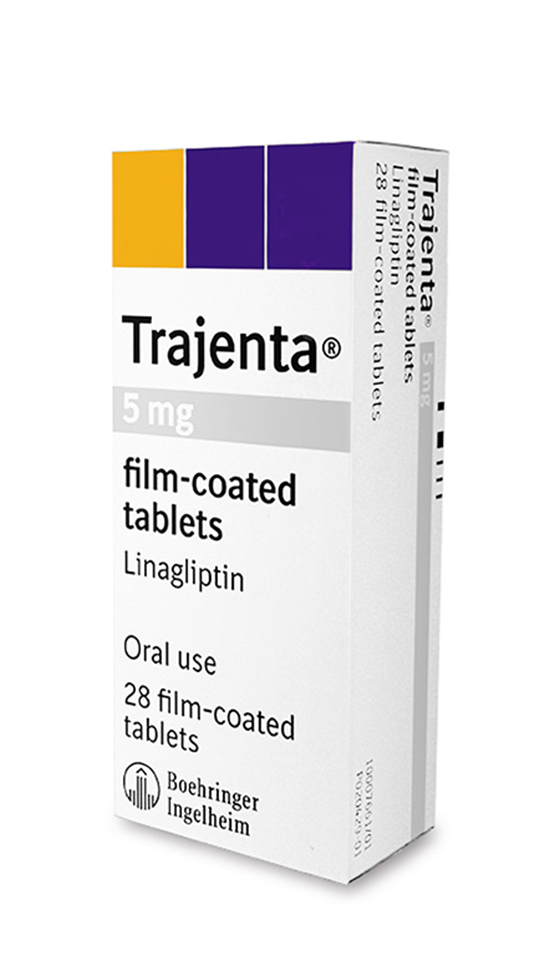
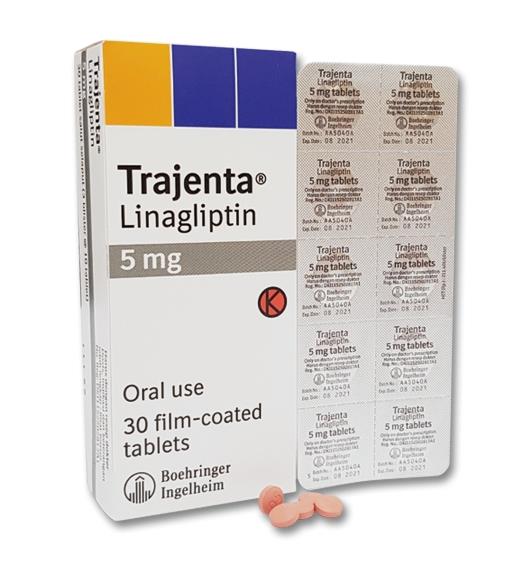
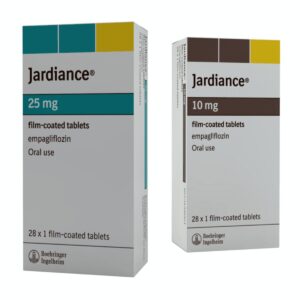
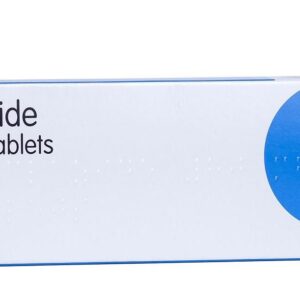
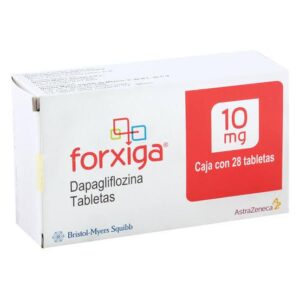
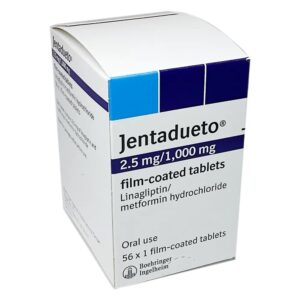
Reviews
There are no reviews yet.